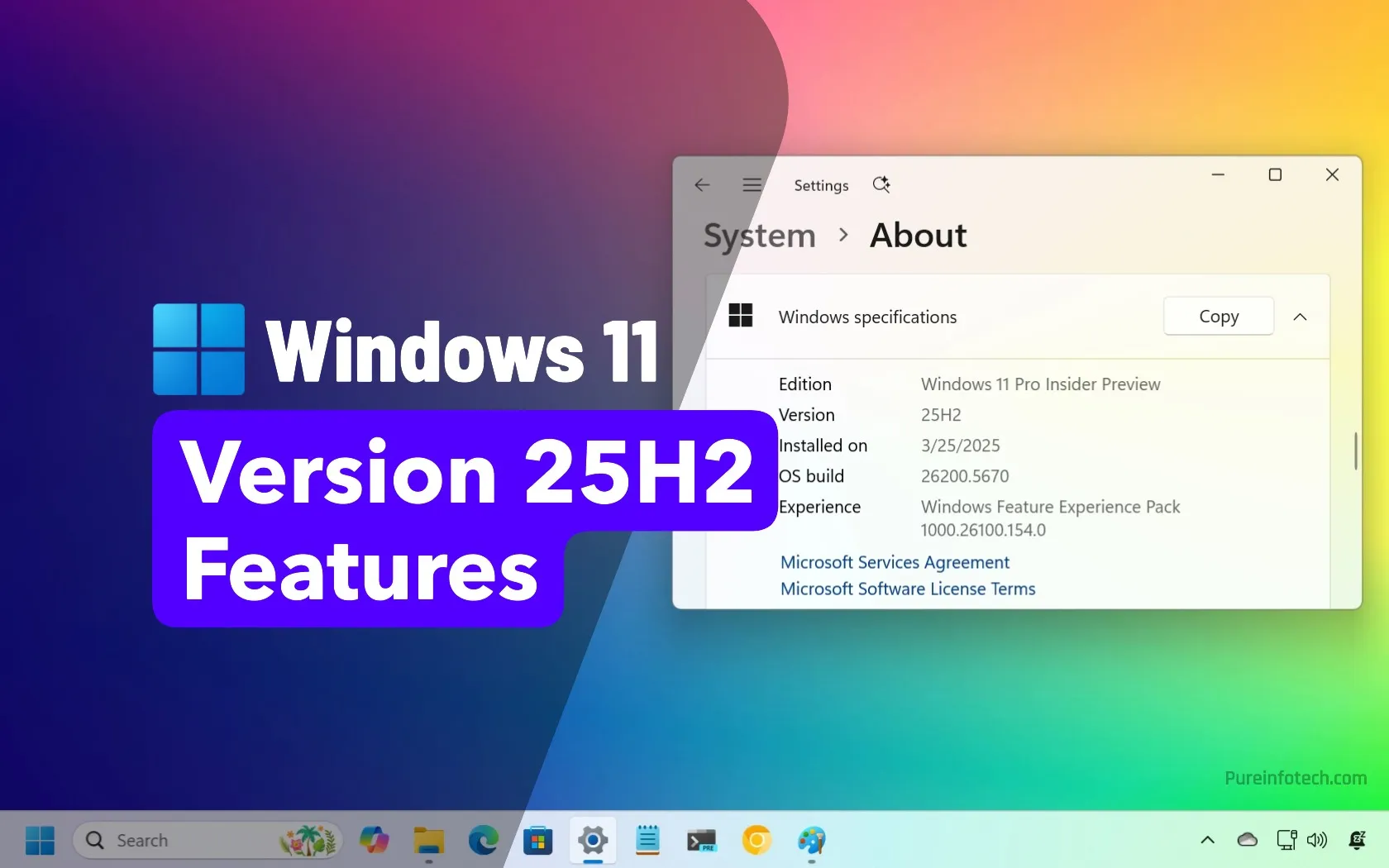What Is ‘Dense’ Breast Tissue and What Does It Mean If I Have It

This week, a new FDA regulation went into effect that requires mammogram facilities to notify patients about the density of their breasts. Thirty-nine states (and D.C.) already had some sort of notification requirement, but the new rule makes the messaging consistent nationwide and will bring these notices to states where they are not currently required.
What is “dense” breast tissue?
Breasts contain fat, glandular tissue, and connective tissue. On a mammogram, fat appears as dark areas, and the other tissue types tend to appear as white areas.
This matters because tumors and calcifications also appear in white, which means a mammogram is easier to read on a person whose breast tissue is less dense. The National Cancer Institute has images here of the four different categories of breast density. Breasts that are “fatty” or that only have “scattered” areas of denser tissue appear darker. Breasts that are “heterogeneously dense” or “extremely dense” have more of the white areas. If you’re told you have dense breast tissue, you fall into one of these last two categories.
Who has dense breast tissue?
Dense breast tissue is common; the FDA estimates that “almost half” of women over 40 have dense breasts. You may be more likely to have dense breasts if you have used hormone therapy for menopause, or if you have a lower body mass index.
People who are older or who have had children are less likely to have dense breasts. But your chances of having dense breasts are also likely inherited; some people just have denser tissue than others.
Is it bad to have dense breast tissue?
Dense tissue isn’t bad by itself, but there are two reasons why it’s considered important to know whether you have it or not. One is that mammograms are less likely to pick up early signs of cancer, because it’s hard to tell normal dense tissue apart from tumors or calcifications.
The other is that breast cancer seems to be more common in people with dense breasts. We aren’t sure why. That said, it seems that having dense breasts does not make you any more likely to die of breast cancer if you do turn out to have it.
How will I find out if I have dense breast tissue?
According to the new FDA rule, your mammogram report must tell you which of the four types of breast tissue you have. If your breast tissue is “almost entirely fatty” or has “scattered areas of fibroglandular density,” it is considered to be not dense and the report will include this message:
Breast tissue can be either dense or not dense. Dense tissue makes it harder to find breast cancer on a mammogram and also raises the risk of developing breast cancer. Your breast tissue is not dense. Talk to your healthcare provider about breast density, risks for breast cancer, and your individual situation.
On the other hand, if your breast tissue is dense, you will be told that it is “heterogeneously dense, which may obscure small masses” or “extremely dense, which lowers the sensitivity of mammography.” In that case, you will see this message:
Breast tissue can be either dense or not dense. Dense tissue makes it harder to find breast cancer on a mammogram and also raises the risk of developing breast cancer. Your breast tissue is dense. In some people with dense tissue, other imaging tests in addition to a mammogram may help find cancers. Talk to your healthcare provider about breast density, risks for breast cancer, and your individual situation.
What happens if I am told I have dense breast tissue?
This is the tricky part. We don’t yet have enough evidence to say whether people with dense breast tissue should go on to get more or different kinds of screening, or if it’s fine to go ahead with the normal screening schedule and not do extra tests.
Ultimately, it should be up to you and your doctor, experts say. The U.S. Preventive Services Task Force declined to make a recommendation, saying that “the current evidence is insufficient” to properly weigh the harms and benefits of breast ultrasound, MRI, or another technology called digital breast tomosynthesis in people who have dense breasts.
The benefits of extra imaging might include detecting cancer earlier, but the downsides might include getting sent for biopsies or additional procedures that you don’t need. Insurance doesn’t always cover extra imaging if you’re getting it done because you have dense breasts.
Whether you decide to get extra screenings will depend on things like your risk for breast cancer and your personal preferences—some people would rather err on the side of caution, while others might feel more strongly about avoiding unnecessary procedures. Your doctor can help you understand your risk and talk to you about the pros and cons of extra screening.









